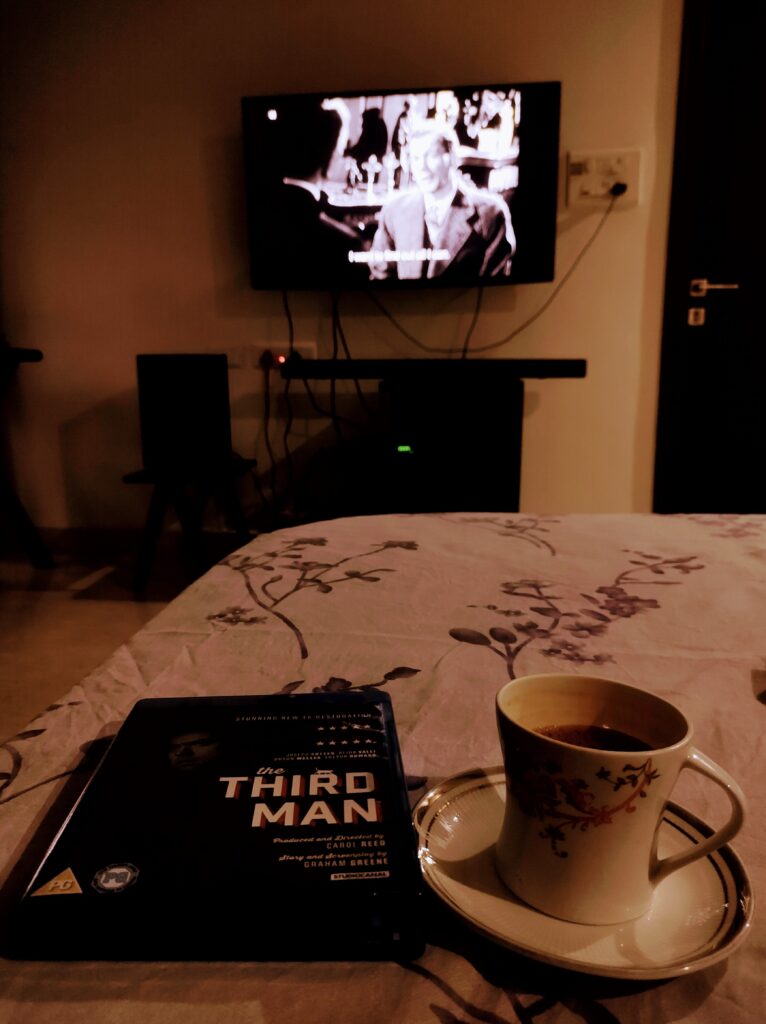
When you watch a movie making documentaries and the related interviews, you get to know how many people got involved and most importantly how many more people lives have been touched in the process.
Movies are also a unique source of learning management as so many people get together, live and work together during the course of the picture. It’s almost like a mini company with all stages of management involved right from envisioning, hiring, inducting,planning, executing it day by day.
“The Third Man’ movie making features provide several interesting tidbits both related to the movie and also the management aspects.
Here are a few.
- Director Carol Reed during his Vienna’s sightseeing trips, stumbled upon Anton Kara and his zither in a hotel. He immediately recorded his music in his hotel room, with pillows as padding to the doors for sound proofing. Later, this music couldn’t be used, however a fresh recording was done in the studio. Rest they say is history.
- Orson Welles played difficult to get, just to hike his fee. Director Carol Reed went along with it and agreed to all his terms. Infact, he used these challenges to good effect, while filming his entrance in the movie and also the climax scene. Accommodating a difficult yet talented actor, was done for the overall film’s good, and it worked wonders for Carol Reed.
- David O.Selznick ( a chain smoker) had three secretaries and he dictated all of his memos to them, and he worked late into the night up to 2am. While not all of his inputs were taken into consideration (like improving the costume of the heroine), crew did act on quite a few that proved beneficial.
- Writer Graham Greene wanted a happy ending with Anna and Holly getting together. Director disagreed and prevailed.
- The dialogue about cuckoo clock and Switzerland came out of Orson Welles improvisation.
- Guy Hamilton who was an assistant director to Carol Reed, was a stand in double for Orson Welles for a few scenes, including the running shadow scenes. He later went to direct a few James Bond films, including ‘Diamonds are Forever’.
- The European actors were more popular than the English actors, and their popularity was used to get permissions while shooting in hotels etc.
Tidbit: Did the scene of transformation for Holly Martins inspire that of Jayabadhuri and Amitabh in Zanjeer?


